Subtotal: ₦245.00
47uf 25V electrolytic capacitor
₦45.00
The 47µF 25V electrolytic capacitor is a versatile passive electronic component commonly used in power supplies, signal processing circuits, and various electronic devices. This capacitor is ideal for applications requiring energy storage, filtering, and decoupling due to its high capacitance and voltage rating. Its polarized design, with aluminum foil as the anode and an electrolytic solution as the cathode, allows for a compact and efficient solution.
Key Features:
- Capacitance: 47µF
- Voltage Rating: 25V
- Polarized (anode and cathode)
- High capacitance in a compact size
- Suitable for high-frequency applications
- Long life and high reliability
- Stable performance over a wide temperature range
Technical Specifications:
- Capacitance: 47µF
- Voltage Rating: 25V
- Tolerance: ±20%
- Operating Temperature Range: -40°C to +105°C
- Leakage Current: ≤ 0.01CV or 3µA (whichever is greater) after 2 minutes at 25°C
- Equivalent Series Resistance (ESR): Typically low, varies by manufacturer
- Dimensions: Varies by manufacturer and specific model
- Lead Type: Radial or axial, depending on design
Applications:
- Power Supply Filtering: Smooths out voltage fluctuations in power supplies.
- Decoupling: Reduces noise in power lines and stabilizes voltage.
- Timing Circuits: Used in conjunction with resistors to create RC timing circuits.
- Energy Storage: Provides energy storage in various electronic circuits.
- Signal Coupling and Bypassing: Couples AC signals between stages of amplifiers and bypasses AC noise.
Usage:
- Determine the required capacitance and voltage rating for your circuit.
- Identify the positive (longer lead) and negative (shorter lead, marked with a stripe) terminals of the capacitor.
- Insert the capacitor into the circuit, ensuring correct polarity.
- Solder the leads in place, ensuring good contact and avoiding excessive heat.
- Verify the capacitor’s connections and ensure no short circuits.
Caution:
- Verify the capacitance and voltage rating before use.
- Ensure correct polarity when connecting the capacitor to prevent damage or failure.
- Handle carefully to avoid damage to the capacitor body and leads.
- Store in a dry, cool place to maintain the integrity of the capacitor.
- Avoid exposing the capacitor to temperatures beyond its rated range.
In stock
Be the first to review “47uf 25V electrolytic capacitor”
You must be <a href="https://hub360.com.ng/my-account-3/">logged in</a> to post a review.

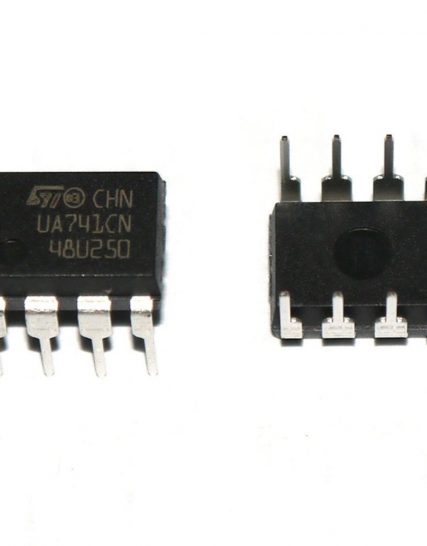


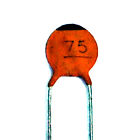
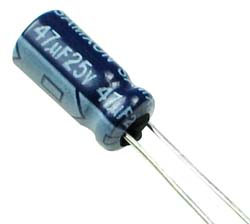

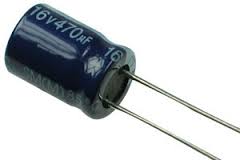


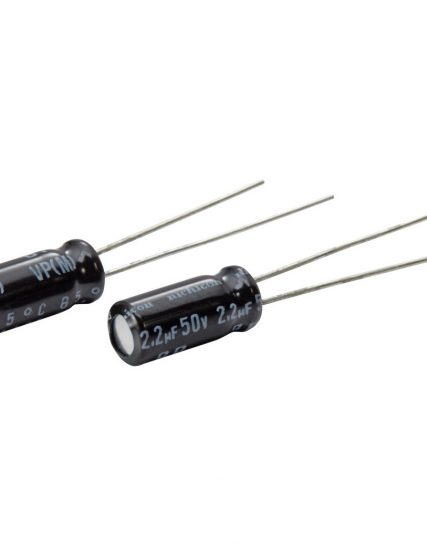
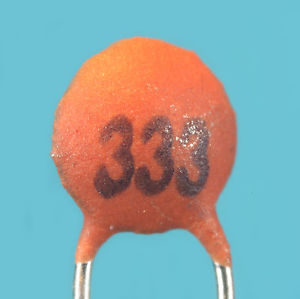
Reviews
There are no reviews yet.